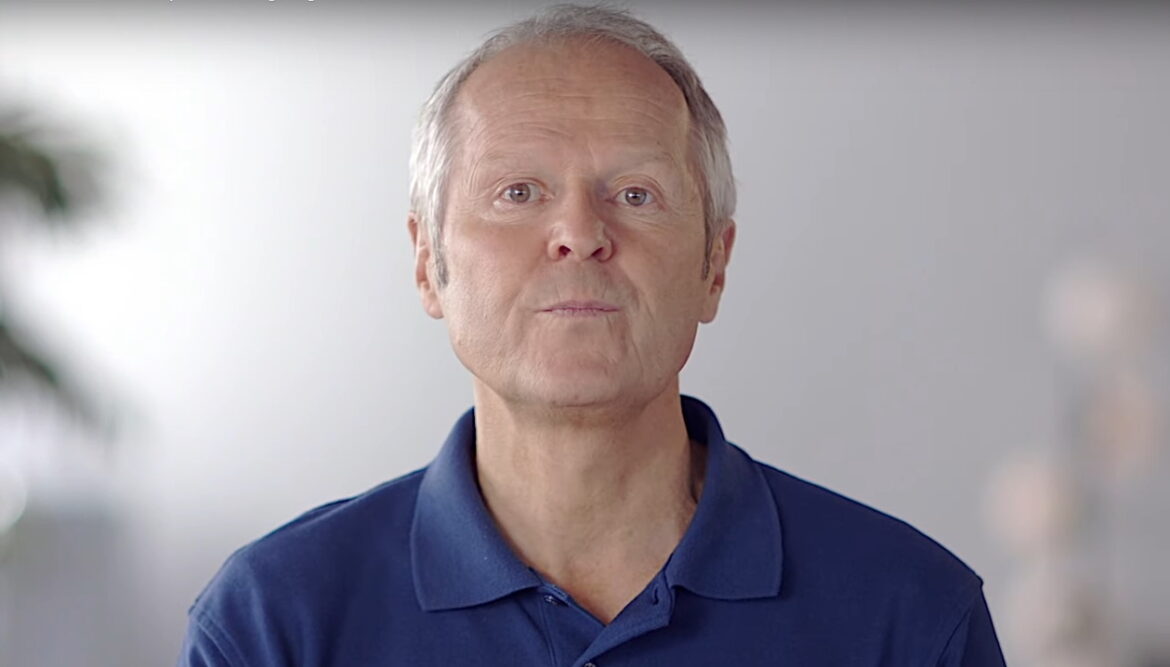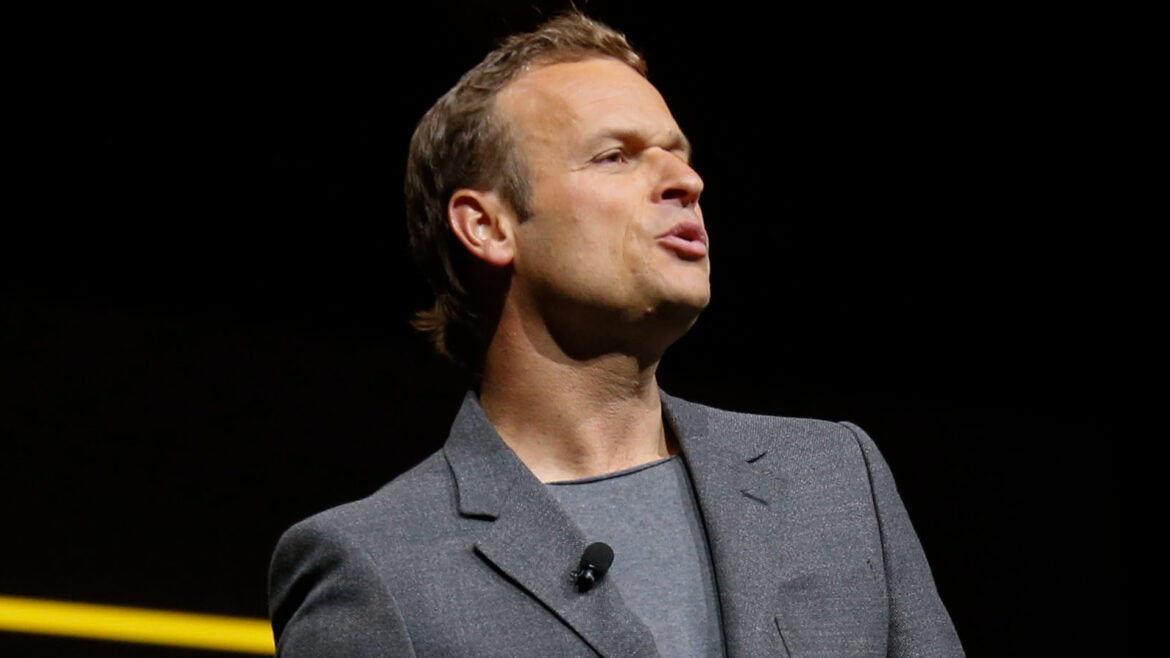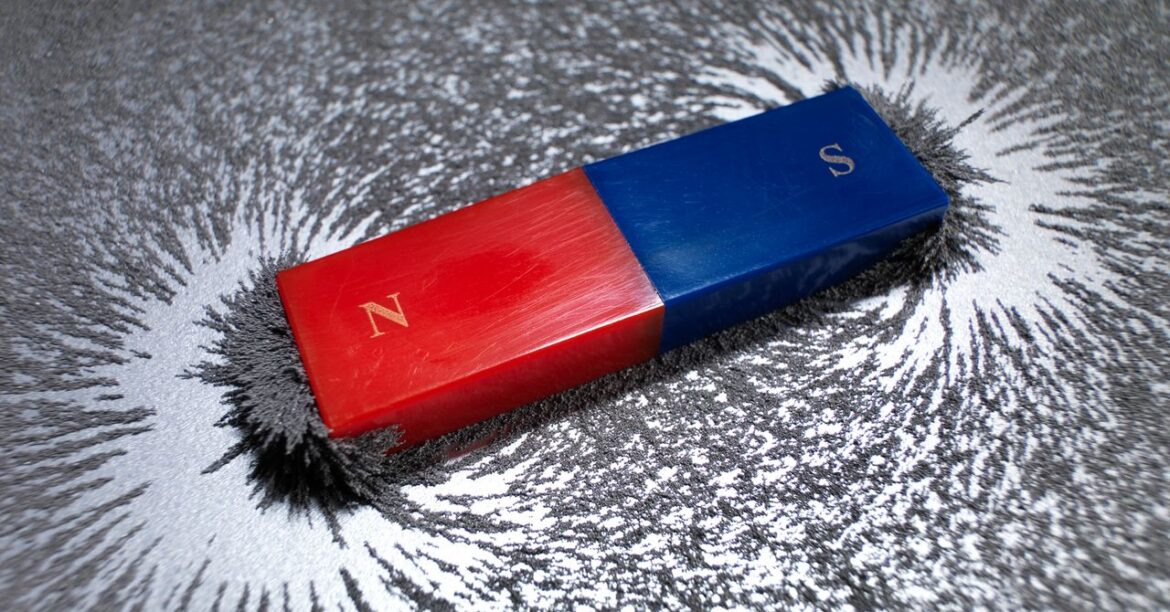Ubisoft CEO Yves Guillemot has been summoned to appear before a French court, following a trial in which three former executives were found guilty of workplace harassment in June.
In that trial, Serge Hascoët, Tommy François, and Guillaume Patrux were all given fines and suspended sentences ranging between twelve months and three years, after being convicted based on accusations including sexual misconduct, bullying and systemic racism. All three either resigned or were dismissed from Ubisoft following reports of their conduct in 2020.
Now, the trade union Solidaires Informatique and four other individuals, who were all involved in that original trial, have filed a subpoena instructing Guillemot to appear before the Brobigny District Court on October 1. As reported by French news network BFM TV (via VGC), the summons is in relation to that trial.
Related articles
In a statement to VGC, Ubisoft confirmed it had received summons from the union and related parties to appear before the court, specifying that “these are the same civil parties and this summons is based on the same facts as those in the case judged by the court this past June, following an investigation by the Public Prosecutor’s Office.”
Ubisoft added that “After that investigation, and contrary to the civil parties’ requests, the Public Prosecutor’s Office decided that there were no grounds to initiate criminal proceedings against Ubisoft or its management, a decision it confirmed during its closing arguments at the hearing last June.”
Ubisoft concluded by saying it would “continue to cooperate with the justice system in this matter, as it has done over the past five years in the review of the facts related to this case.”
Hascoët, formerly Ubisoft’s chief creative officer, received an 18-month suspended sentence and a fine of €40,000/$47,190, after being found guilty of “psychological harassment and complicity in sexual harassment.” According to both court testimony and an internal Ubisoft investigation, employees under Hascoët were subjected to racial slurs and Islamophobic pranks.
François, meanwhile, was convicted on charges of sexual misconduct and attempted sexual assault, accused of trying to forcibly kiss an employee who was restrained during a holiday party. The former vice president of editorial and creative services received a heavier suspended sentence of three-years and a fine of €30,000/$35,340. Former game director Patrux received a 12-month suspended term and a €10,000/$11,800 fine. His sentencing described his bullying as “smaller scale” but “particularly intense”.
In May, it was reported that Guillemot and Ubisoft’s human resources director Marie Derain would be summoned to testify in the original trial. But Ubisoft denied this report, stating that “Neither Ubisoft, Yves, nor anyone from our HR team are parties to these proceedings.”
In addition to its statement responding to the summons, Ubisoft’s executive vice president Cecile Russeil said “Our top priority is to ensure the absolute protection of the physical and moral integrity of its employees, through a policy of prevention and zero tolerance with regard to sexual or moral harassment, sexist behaviour, assault, insult, or discrimination of any kind.”






